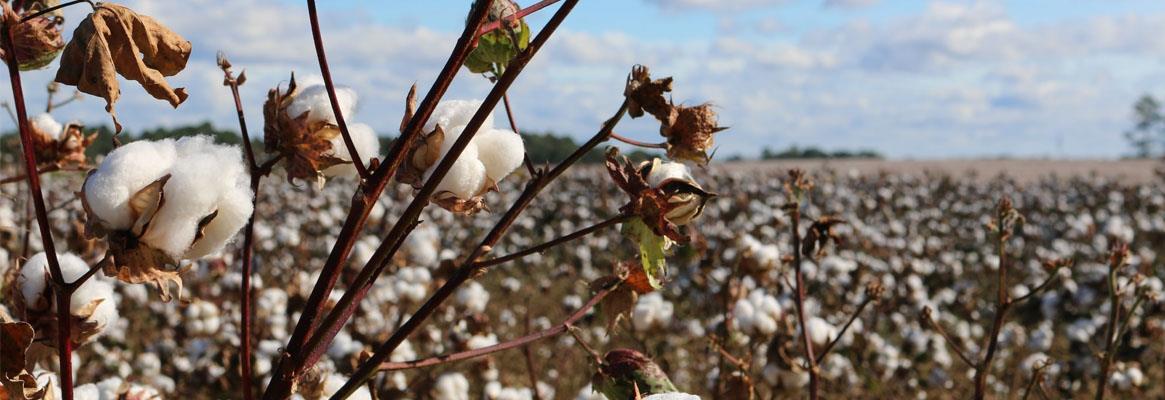As cotton exports fall, many companies are looking to substitute. This begs the question, however: Can cotton be replaced?
Cotton is a heavily-used resource in the apparel industry, with over 17 million tons produced globally every year. It is in high demand, which makes matters especially difficult when cotton yarn exports fall. According to a recent report from Texprocil, there has been a 33 percent fall in cotton yarn exports from India. This has taken a huge hit at apparel manufacturing, and has triggered a hunt for alternatives. Upon doing some research, we have found these four crops to be just as great (if not more) as cotton. Also, these plants just so happen to be extremely sustainable.
Hemp

Hemp produces several benefits over cotton, and has proven time and time again to reign supreme. For one, hemp needs much less land than cotton to grow. More product can be produced in a much smaller territory. In addition, hemp uses much less water than cotton: over 9,000 liters to be exact! And, if you didn't think it could get any better, fabric made from the hemp plant has a longer lifespan. While cotton tends to become weaker when wet, hemp retains its strength and durability.
Bamboo

Like hemp, bamboo requires significantly less water to grow than cotton (approximately one-third less). However, the true beauty of this plant lies in its ability to self-replenish. What is meant by this is bamboo can grow on its own, without the need to continuously replant. The end-product of bamboo is also incredibly soft to boot, and has often been compared to Egyptian cotton (one of the finest materials on the market).
Ramie

This plant is rather unknown to the textile world, but definitely deserves more attention. Fibre from the Ramie plant has the luster of silk, and is much more absorbent than cotton. The only downside to the fabric is how difficult it is to produce, due to its gummy resin that takes a great amount of labor to remove. In the past, there has been a high demand for the fibre (due to slowed cotton exporting), but not enough resources to meet that demand. However, there is no doubt all of the work is worth it in the end, as Ramie makes for a breathable and comfortable product.
Flax

Much like the other cotton alternatives we have mentioned, the flax plant requires far less water to grow than cotton. Flax fibre is obtained through a process called retting, which also requires much less water. For those of you who do not know what fabric is produced by flax, it is linen; a super soft, ultra-breathable material with anti-microbial properties. However, organic linen is a little harder to obtain than organic cotton, as it is much more labor-intensive to produce.
So, while cotton is certainly a vital resource in the fashion industry; the manufacturing of clothing does not have to come to a screeching halt. In fact, the industry could benefit quite a bit from exploring other options. There is plenty of research to support their effectiveness, so why not utilize them? We should keep an open mind when it comes to the materials we use, especially when we are talking about making the switch to more sustainable resources. To the skeptics, we say: embrace all the natural world has to offer, and look beyond what we have been using for centuries. You might just find what you have been looking for and more.
This article has not been edited by Fibre2Fashion staff and is re-published with permission from synzenbe.com









Comments